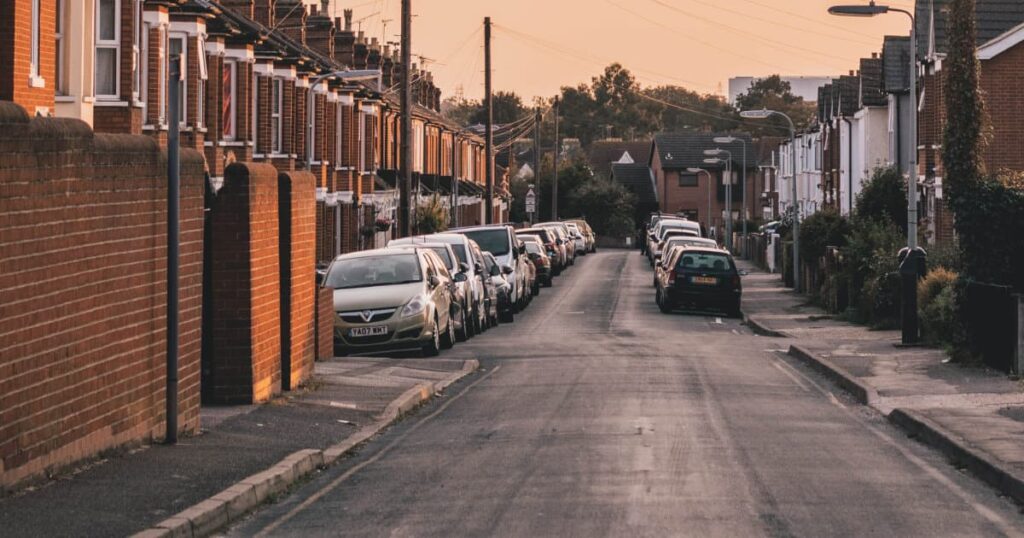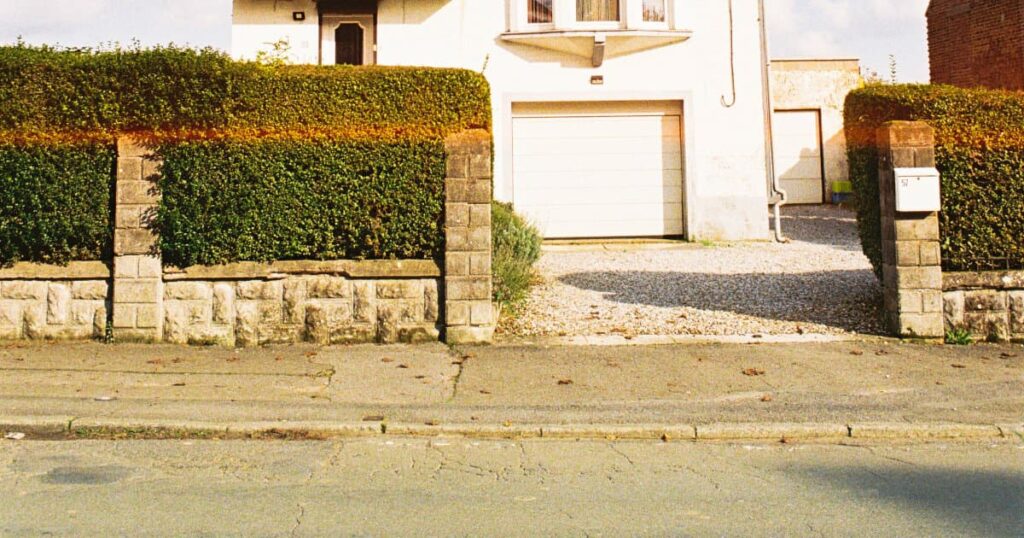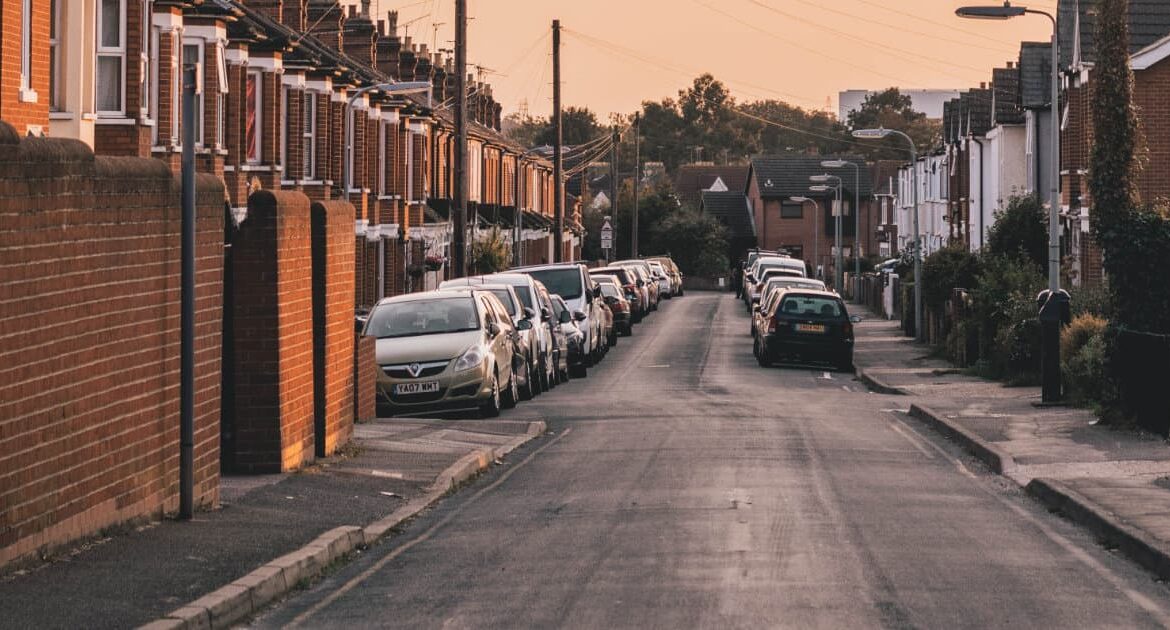
You’d be hard pressed to find a pavement which isn’t interspersed with dropped kerbs along most residential and commercial streets – but what are they actually there for? And what do homeowners need to know about dropped kerbs before they set about creating off street parking for their property?
Let’s take a closer look.
What are dropped kerbs?
A dropped kerb refers to the sloped stones which lower the edge of the pavement to road height, in order to safely allow vehicles to pass over the payment and access an off-street parking spot or driveway. In addition, dropped kerbs make it easier for pedestrians with trolleys and prams to pass from pavement to road easily.
Crucially, it’s important to understand that you need a dropped kerb if you legally want to pass over the pavement onto your driveway. Because while having off-street parking adds value to your property, getting the permission for a dropped kerb can make off-street parking a bit of a headache if you don’t follow all the necessary steps.
What permission do I need to create a dropped kerb?
If the kerb is part of a public highway road or pavement, then you will need to apply for permission to have that kerb dropped for access. This can usually be obtained from your county council.
In some cases, you will also need to be granted planning permission from your local planning authority. This will depend on where you live – taking into consideration whether your property lies on a classified road, whether your property is a listed building or considered part of a conservation area, and whether your property is owned exclusively by you or is part of a joint ownership (for example a flat).
How do I apply for a dropped kerb?

Before you start with the paperwork, we recommend getting in touch with contractor who you want to carry out the work, as they will need to complete some of the documents prior to breaking ground and getting started. The contractor will need to have public liability insurance of at least £5million and trained staff in order to be approved, so make sure you do your homework and find a company that you trust.
As part of your application, you will need to establish plans and drawings which are accurately produced. Here, look at past applications and understand the way that drawings have been used before submitting your own application. You also need to familiarise yourself with the minimum measurements, not just for your own vehicle but for other vehicles, as well as other limiting factors such as obstructions, road signs, parking bays, and trees. A proper planning contractor and construction contractor should be able to help.
Once your licence application has been completed and received, the highway authority will take a non-refundable application fee to carry out an assessment of the site and its safety. This is integral t the process, and once approved will leave you facing the remainder of the fee before you received a construction plan and specification for your contractor to follow.
The work usually then needs to be completed within 6 months of the final approval.
How much does it cost to get a dropped kerb installed?
With all the fees, advice, and the work itself, you are looking at a cost of around £1,500 to £3,000 for the installation of a dropped kerb. This will depend on where you are located so be sure to get a few quotes before accepting a proposal from any single contractor.
Other things to be aware of
Firstly, an application can be refused by the local authority, and this can happen for any number of reasons – from placement and location to local plumbing and pipes, road signs, bus stops and parking spaces. If anything needs to be relocated and moved in order to accommodate your dropped kerb and off-street parking, the cost will rise significantly, and the application can be completely refused by the county council if necessary.
Another thing to be aware of is the need for permission of a dropper kerb when building a new property. The ability and permission to create a dropped kerb is not automatically granted to new builds, and you will need to fill in the relevant application before installing off-street parking for the property.

